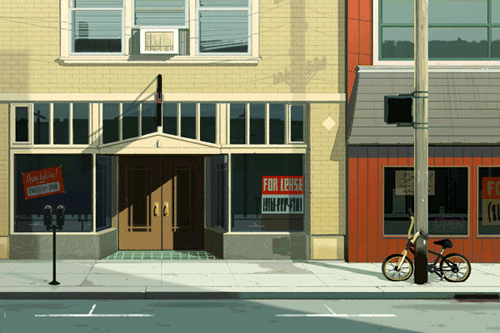
statistics
planetary orbit: MALM-349g
allegiance: Neutral/Independent
Population: ~180,000
Established: circa 2582 AD
governor: Naoko Winlock
|
Layout & facilities
The station was designed as a rotating wheel, constantly spinning along an axis to simulate the gravitational acceleration of Earth. Divided into three major decks, system Operations is located at the top of the station, core drives, life support, and other mechanical systems in the center, and maintenance access situated in the lower decks. A tram system loops around the rings, while elevators run between each level, allowing travelers to reach their terminals quickly and (usually) on time.
Landing pads exist around the entire circumference of the station, along with several repair yards and hotels for temporary guests. residential quarters are scattered throughout, though apartments on the upper levels are considered more deisirable and upscale, with a more vigilant security service. The middle deck is considered the business district, featuring corporate offices, a shopping concourse, entertainment, and dining options. There are hundreds of venues on Terminus, including but not limited to:
- Bar/Nightclub
- Food Court
- interplanetary embassy
- multifaith worship hall
- observation atrium
- Terminus Security hq
|
- beauty salon & day spa
- Hydroponics Garden
- Medical Clinic
- News Station
- shipyards
- vr gaming arcade
|
station life
artificial light is used to establish a day/night cycle on the station, following the (somewhat archaic) 24 hour clock of Universal Standard Time and the old Gregorian calendar, though the seasons never change... on purpose. Climate controls keep everything at a comfortable temperature around 20-22 °C (68-72 °F).
FOOD is mostly imported from other planets, such as Mahoroba, with supplementary nutrients coming from crops grown in the hydroponics gardens. Organic meat is considered a luxury item, though vat grown protein, while not ideal, makes a perfectly fine substitute in recipes. In case of emergency, the gardens and food stores can comfortably sustain the station's population for up to a year.
Water is partly recycled through an extensive waste treatment system, though much of it is brought in from nearby glaciers in the asteroid belt and processed. Exceeding alotted weekly water rations comes with a high penalty fee.
education is mandatory for children up to age 16, and provided for grades K-12, with daycare options available to working parents. Secondary and higher education can only be found on the colony worlds.
healthcare is universal, covering all basic, essential and emergency medical services and procedures, though private insurance provides better coverage. Several small clinics exist throughout the station, while the main hospital is located on the central deck.
Pets must be registered with the station, and are restricted to 2 small animals per household, given that they consume more resources than they supply. As a result, robotic animals and cat cafés are very popular.
currency comes in the unit form of credits, the legal tender throughout the system.
|
residential districts
Nova Heights houses the wealthiest elite of the station, with the cleanest public spaces, lowest crime rate, most spacious apartments, best views and decor, and highest rental costs. Located on Deck One, close to Operations, and the Governor's office.
Gasworks was originally built for the construction crew putting the station together, and continues to house the working class population who keep the port running. Rentals are small and cheap, and close proximity to the docks means a short commute, but it can also get loud, cramped and odorous.
Winlock Park is a family-friendly zone located on Deck Two, named for the recreational green space in its center, open to the public. Moderately priced units here typically fit up to a family of 5, and are located near the schools, and arts and entertainment attractions.
Lowtown is widely considered the "slums" of the station, located in the lower deck near maintenance. Poorly vented and rarely cleaned, rent is dirt cheap, and the fact that security rarely bothers to patrol here may actually be a plus for some.
|
|
